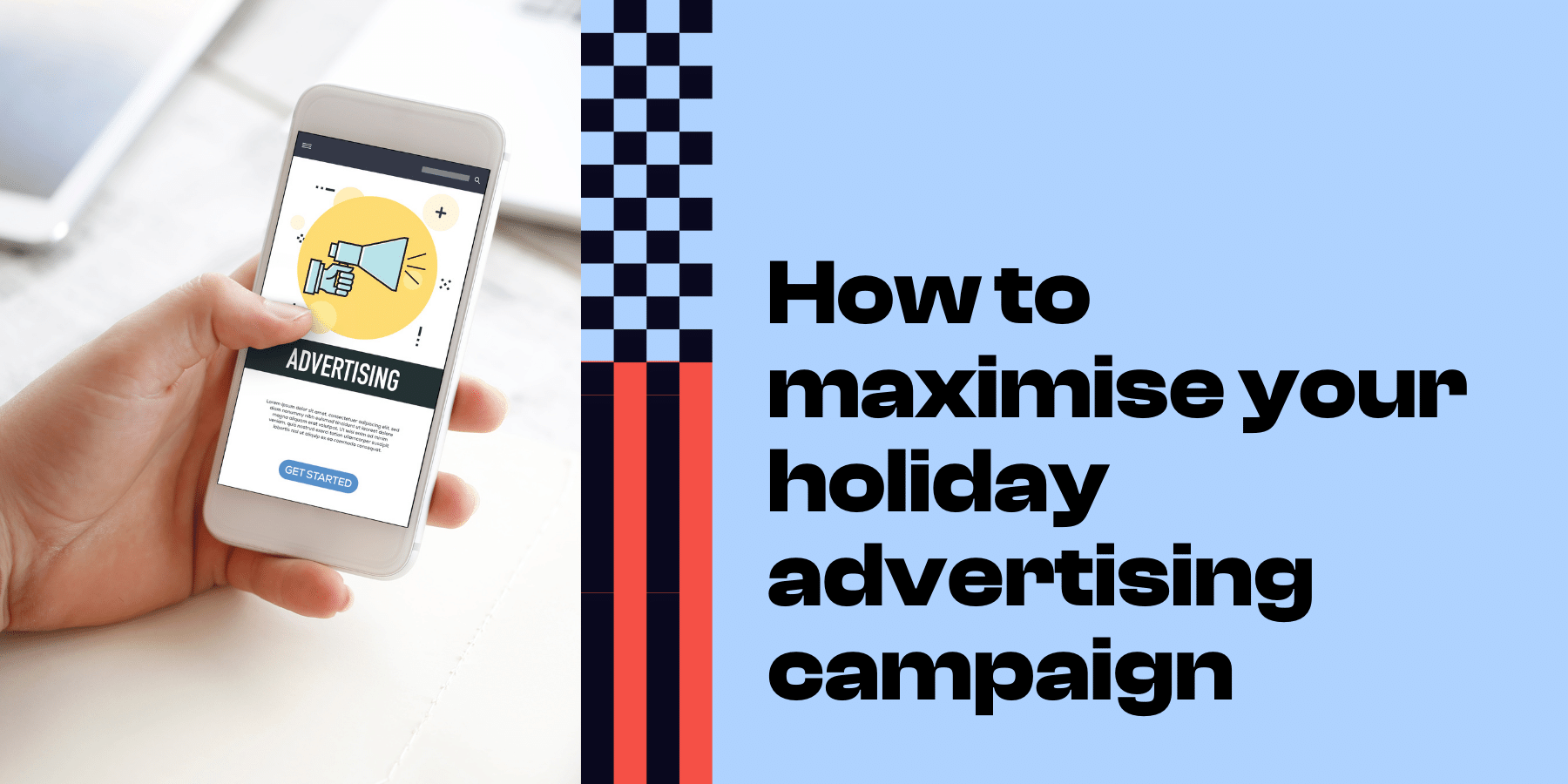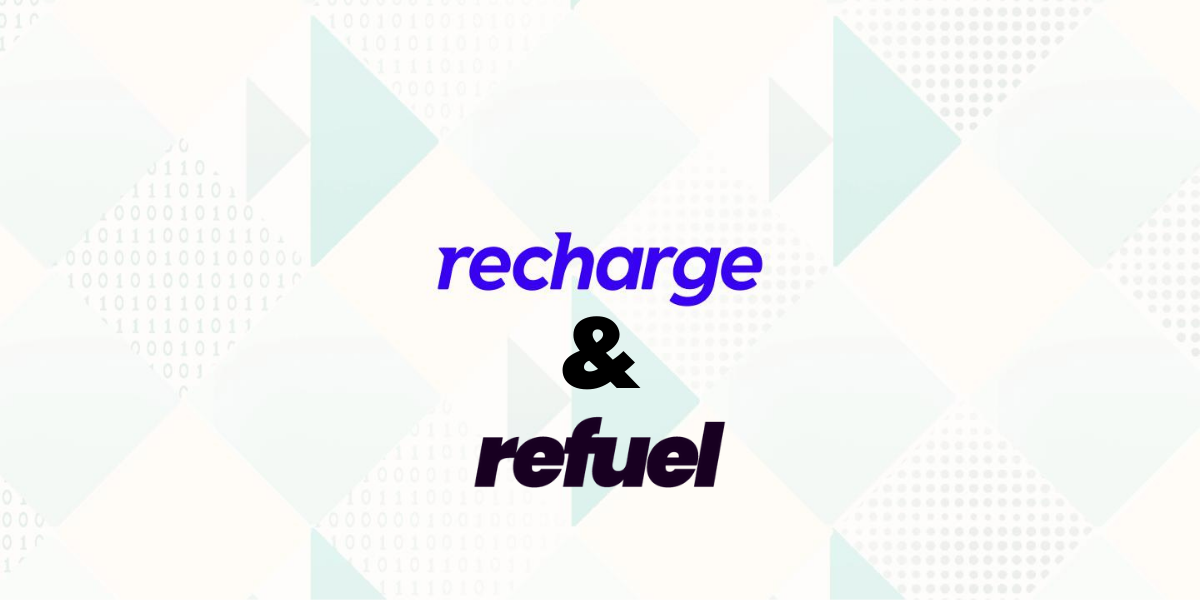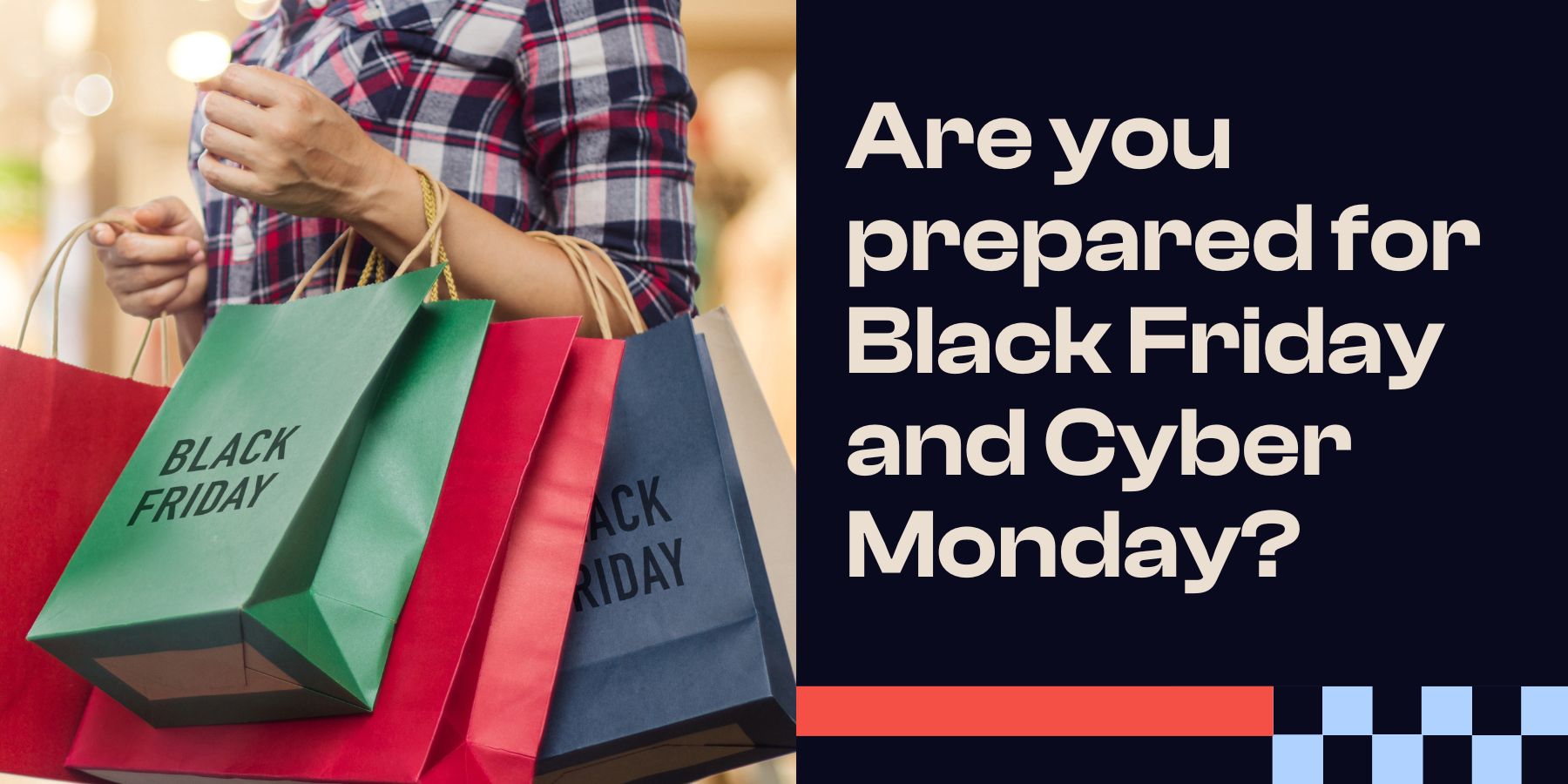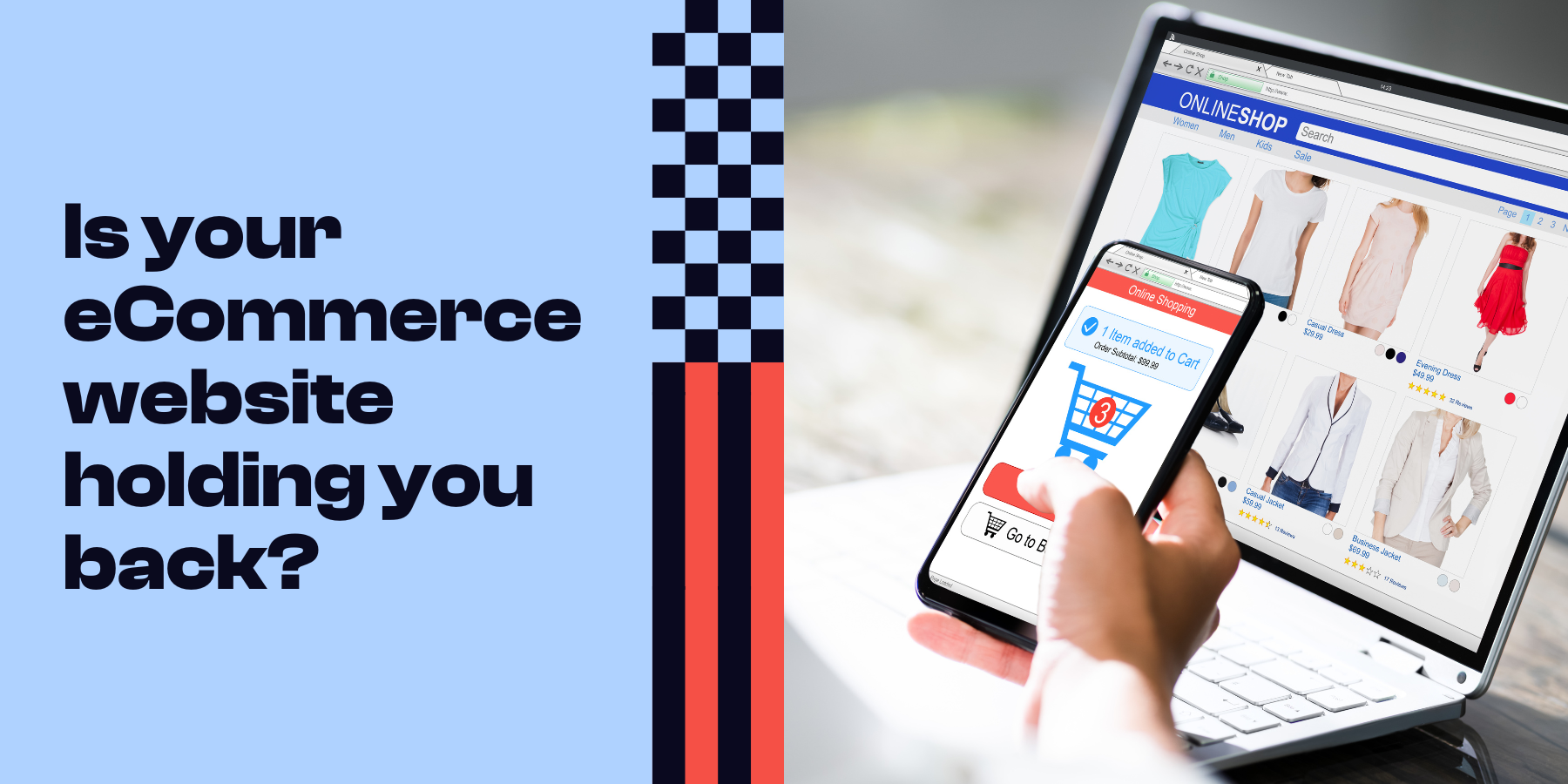How to maximise your holiday advertising campaign

Last updated: 04 October 2022
The holiday season is fast approaching, but is your digital advertising campaign ready to go?
Black Friday and Cyber Monday are some of the biggest days in the marketing calendar. However, dotted around these big dates are Halloween, Thanksgiving (in the US), and Christmas. To get the results you want, you’ll have to be prepared months in advance.
Your Google Ads and eCommerce platform should be working like a well-oiled machine to maximise your sales during this busy period.
In this blog, we show you what you should be doing to get the most out of your holiday Google Ad campaigns and eCommerce platform so that your Black Friday and Cyber Monday sales are bigger than ever.
Holiday estimates 2022
The online holiday season has been growing in size year-on-year, and 2022 is set to be the biggest so far.
In 2022, Google is predicting the fourth quarter to be their biggest yet with 95% q/q growth.
This means that in 2022, your business will be able to hit new sales heights if you have a tried and tested plan in place to maximise your sales.
That being said, while 2022 is set to be the biggest year so far, there are several factors to take into account in your campaign.
We’ll break down the above race conditions to help ensure your sales campaign hits a flying start.
Examine last year’s results
Before building your future or present campaign, it’s a good idea to look at your past campaigns.
How did your holiday campaign go last year? If it went well, why did it go well? If it went poorly, why did it go poorly?
Using this data, you can work out which channels worked well for you, which channels drove the most traffic to your website and which channels had the best conversion rates.
You can also take this time to take a look at your website or landing page. How well did it convert last time? Using your web analytics, or heat mapping software such as Lucky Orange, you can determine how customers interacted with your website and alter your site to make it into a more effective conversion machine.
For paid advertising, use the data to determine which creative performed best across channels. Fine tune your creative so that your top performing graphics and copy are hitting early to attract the leads.
A strong foundation
To get a strong start on your paid advertising holiday campaign you'll need to build up from a strong foundation.
To do this, you should lean into the power of first party data and Google Automation. Make sure you upload your customer match data, activate similar audiences, and start building your remarketing lists.
This will give Google the tools it needs to optimise your ads, so you can maximise conversions and reach your target audience.
Ensure that you enable Google Analytics 4 (GA4), Google Ads Pixels, and enhanced conversions so that your traffic and engagement data is accurate.
Build holiday campaign awareness early
The early bird gets the worm. Start early and you’ll have a head start on all of your competitors. Start too late, and your competitors could have already made an impression on your customers.
Not only does starting early allow you to get a head start on competitors, but it also allows you to test and optimise your campaign. Giving yourself time to plan your strategy and make alterations to optimise means you will have a fully optimised campaign before your competitors do.
Your ability to influence a purchase decision goes far beyond a click and buy. You should be connecting to your audience throughout the customer journey in anticipation of a longer holiday season.
One way to do this is through ‘teaser’ campaigns which retain customer interest and get them signed up to your mailing lists; consider including sneak peaks of products to build excitement and raise your brand awareness.
Awareness stats
- 63% of YouTube viewers say they bought a brand as a result of seeing it on YouTube.
- 80% of people say typically between online search and video when researching products to buy.
- 128% average growth of conversion rates when using retargeting for eCommerce businesses.
Capture peak demand
As you capture peak holiday demand, you should be finishing strong and continuing to capture shoppers with your highest performing assets.
Loyalty, price, and promotion are critical factors of success and will be crucial as you navigate the bigger factors of the upcoming holiday season.
Ask yourself - how can you make your products come to life within your eCommerce experience? Examine what your competitors are doing, or what they did last year - can you do better?
Acknowledge inflation and rising costs by offering deals, promos and unique product offerings to help your business stand out from the competition and close sales.
Optimise user experience
User experience is key to a successful sales campaign. Ensuring that your buyer journey is optimised from beginning to end across desktop and mobile helps boost your sales.
According to Shopify, 69% of shoppers completed their Black Friday transactions on mobile in 2021. If you’ve neglected the mobile side of your website, now is the time to ensure that your mobile site is ready to convert leads into customers.
Similarly, you should conduct a buyer journey audit to ensure that the path from lead to customer is clear and straightforward, regardless of whether your customers are on desktop or mobile.
Ask yourself:
- Does the first click from an ad or email lead to the right product?
- Can shoppers easily use the search features?
- Is the product information easy to digest?
- Can you remove any clicks from the checkout experience to streamline the process?
- Are you capturing data for retargeting or abandoned cart recovery?
Once you have audited your buyer journey to make the process as smooth as possible, you can start to implement the changes that will lead to results.
Personalise communication
Customers are more likely to convert from personalised communications, whether through email or SMS.
This chance is increased even more when they are offered discounts on products they already know they enjoy.
One way to take advantage of this is with audience segmentation. Begin by examining your best-selling products and think about similar items. This can build a curated gift guide for those customers who’ve purchased these products in the past.
Similarly, you can look at grouping products together based on price points. For instance, if a customer has spent around $200 dollars in the past, you can create a ‘top gifts under $200’ group.
TL;DR: Holiday season is a marathon, not a sprint
Start as early as possible with your holiday campaign and take a proactive, evolutionary approach. Use what worked well last year and adjust your campaign according to what is working and what isn’t.
Ensure that your eCommerce platform is ready to convert. Check the conversion process to ensure that it is as smooth as possible to ensure that there is little friction in the sales process.
Need campaign support?
As digital marketers and Google partners, we’ve helped businesses of all different sizes from a wide range of industries get the results they want.
If you need support with your eCommerce platform or Google Ads campaign, feel free to book a meeting below to start on your strategy.






